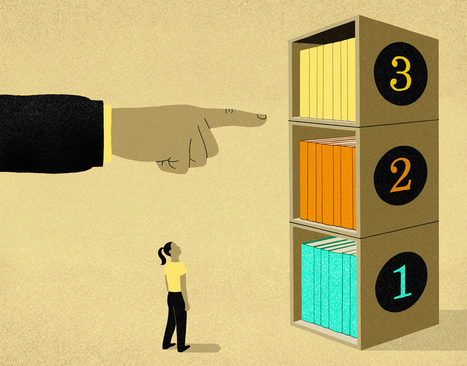"A child enters the library, looking for something to read. She wanders the aisles, glancing at book spines, running her finger along the shelf, and lingering at a display of new titles. “Can I help you?” asks the librarian, following with more questions about her tastes: What was the last book you read? What was your favorite part? What TV shows or movies do you enjoy?
The librarian is engaging in readers’ advisory—matching readers to books. Effective readers’ advisers understand that their success depends on familiarity with a range of books, as well as with their patrons. The librarian may spend several minutes talking with a child, observing body language for clues, and walking together through the stacks while offering suggestions. Professionals know that readers’ advisory doesn’t end when a patron walks out with books in hand. The next time this librarian sees the child, she’ll inquire about the selections, which titles the student enjoyed (or didn’t), further refining understanding of the reader.
That process is often different from the hunt for “just right” books in classrooms and collections in which books are organized by reading level. Rather than having a conversation about interests, children in leveled classrooms and school libraries are often directed to color-coded bins or shelves labeled by level. “Your books have a green sticker on the cover,” a student may be told.
In classrooms across the country, reading instruction, assessment, and labeling of material have impacted how people search for and engage with books, sometimes resulting in restricted reading choices—even for independent reading. That, as Betty Carter, professor emerita of children’s and young adult literature at Texas Woman’s University, noted in a July 2000 SLJ article, is a “formula for failure.”"



 Your new post is loading...
Your new post is loading...







